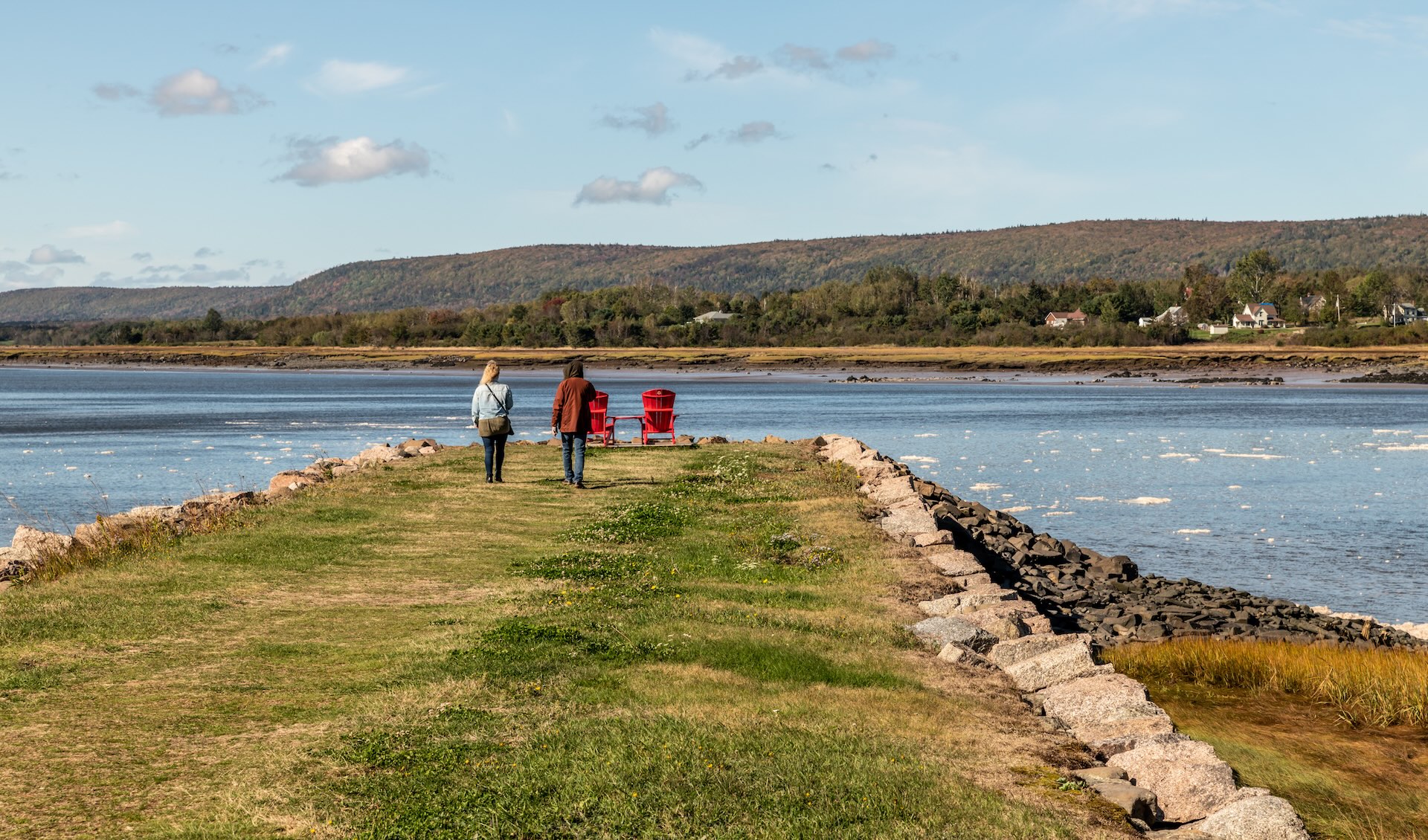
The town of Annapolis Royal, Nova Scotia has undertaken an ambitious salt marsh restoration project to help local residents restore a beloved shoreline that has faced erosion, sea level rise, extreme weather and flooding. The project received an $880,100 grant from the Local Leadership in Climate Adaptation Initiative.
With storm surges threatening one of Canada's oldest historic towns—and projected to grow in frequency and severity—the project will restore an 0.8-hectare section of salt marsh that has seen 200 years of development in front of an established seawall. The city plans to rearrange existing armour stone to create a protective sill, backfill the intertidal area with sediment to increase its elevation and plant native salt marsh species to re-establish aquatic habitat and biodiversity in the intertidal zone.
The restored salt marsh will function as a natural carbon sink that captures and stores atmospheric carbon dioxide in plant biomass and sediments, while protecting the base of the seawall from erosion and creating a vital habitat for invertebrates, fish and birds. In the years ahead, the marsh will also shield nearby roads, homes and public buildings from climate damage and reduce the cost and frequency of flood related repairs by absorbing and slowing storm surges and mitigating coastal erosion.

Want to explore all GMF-funded projects? Check out the Projects Database for a complete overview of funded projects and get inspired by municipalities of all sizes, across Canada.

